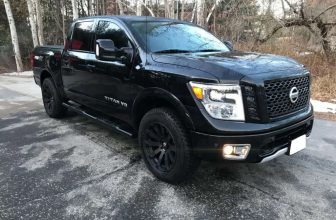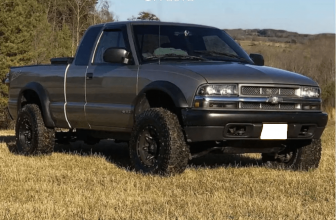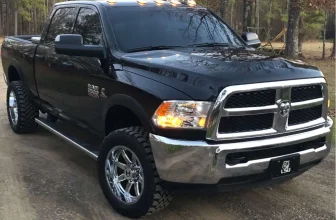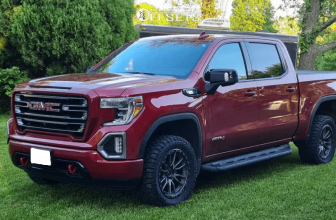When you are looking for a set of new tires for your SUV or pickup truck, after a while you discover that this process may take more time than you thought.
You may be wondering: why are there tires with large numbers such as 315, 275, 285 while others can be 33”, 34”, 35”?
The thing is that tire sizes can be in metric or imperial, like 315” and 35” and this makes a great difference. In this article we will take a closer look and try to make everything as clear as possible.
For our impatient readers, 315/70/17 tires are almost the same as 35” tires. Or to be more exact, the size of a 315/70/17 tire is typically accepted as the closest metric equivalent for a standard 35-inch tire.
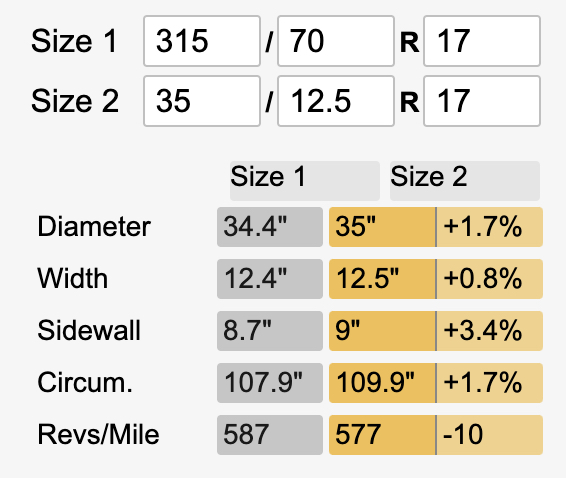
The first number (315) is the width of the tire in millimeters, and the second number (70) is the aspect ratio (the height of the sidewall). The third number (17) is the diameter of the rim. Although the tread width is specified in millimeters, both tires have the same diameter.
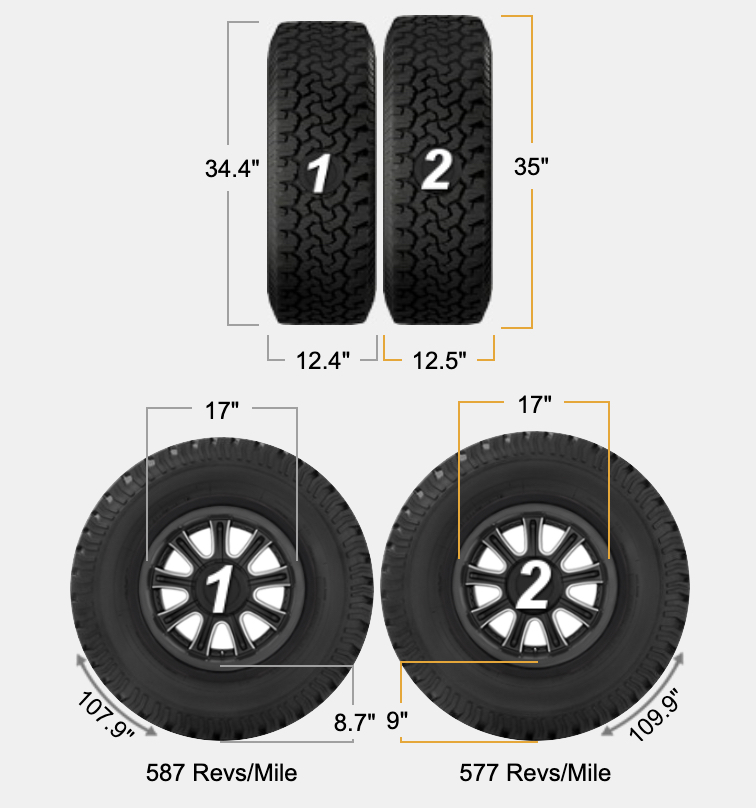
If you need a more detailed explanation backed with the formulas, read on!
Are 35-inch tires equal to 315’s?
To begin with 35″ and 315 are quite different numbers, so as the measuring units. In the USA imperial units (like 35 inches in our case) are the most common, while in the EU countries use metric ones (315 millimeters here).
If you are buying a set of tires from the EU country to the USA, you may need to make some calculations to know for sure if these are tires you are looking for.
As an example let’s take the following parameters: 315/70R17
. Where 315 is the tread width, 70 – is a sidewall height and R17 – is an aspect.
Now let’s move on to calculations to find out if the 315/70R17 is exactly 35 inches.
First, calculating sidewall to do this we have to multiply tread width to aspect:
315 * 70 = 220Now we have to multiply the obtained result, 220 in our case, by two as the diameter has two sidewalls.
220 * 2 = 440Then convert rim diameter to metric:
17 * 25,4 = 431 mmAfter that, we have to add two numbers we got before to find out the overall diameter:
440 mm + 431 mm = 871 mmThe last step is to convert our result back to inches:
871 mm / 25,4 = ~34 inchesOur final result is 34 inches which means that it is close to 315/70R17 parameters. You can try inserting your own tire numbers to the formula to see if the result is close or exactly 35 inches.
To ease the process of tire size discovery, you can just use the tire size converter from metric to imperial. Simply input old and new tire configuration parameters you need and then the system shows you the result. Try your luck to get the cherished numbers.
What do I pay attention to before installing 35” tires on my vehicle?
One of the undoubtful advantages of installing bigger tires on your vehicle, is that it can give you much more clearance off the ground. Larger tire diameter allows you to pass through different road obstacles and climb up the hills. Additionally, your vehicle obtains a more aggressive all-terrain outlook.
If your vehicle has IFS (Independent Front Suspension), you may need to make some modifications to the suspension or vehicle itself, to fit 35-inch tires.
Lift kit
To prevent your new bigger tires from scrubbing your SUVs or pickup truck’s wheel arches, you may have to install a special lift kit. There are a lot of them on the market, so you`ll definitely find one for your vehicle. When installing a lift kit, be advised, that height increase significantly changes the center of gravity of your SUV or pickup truck.
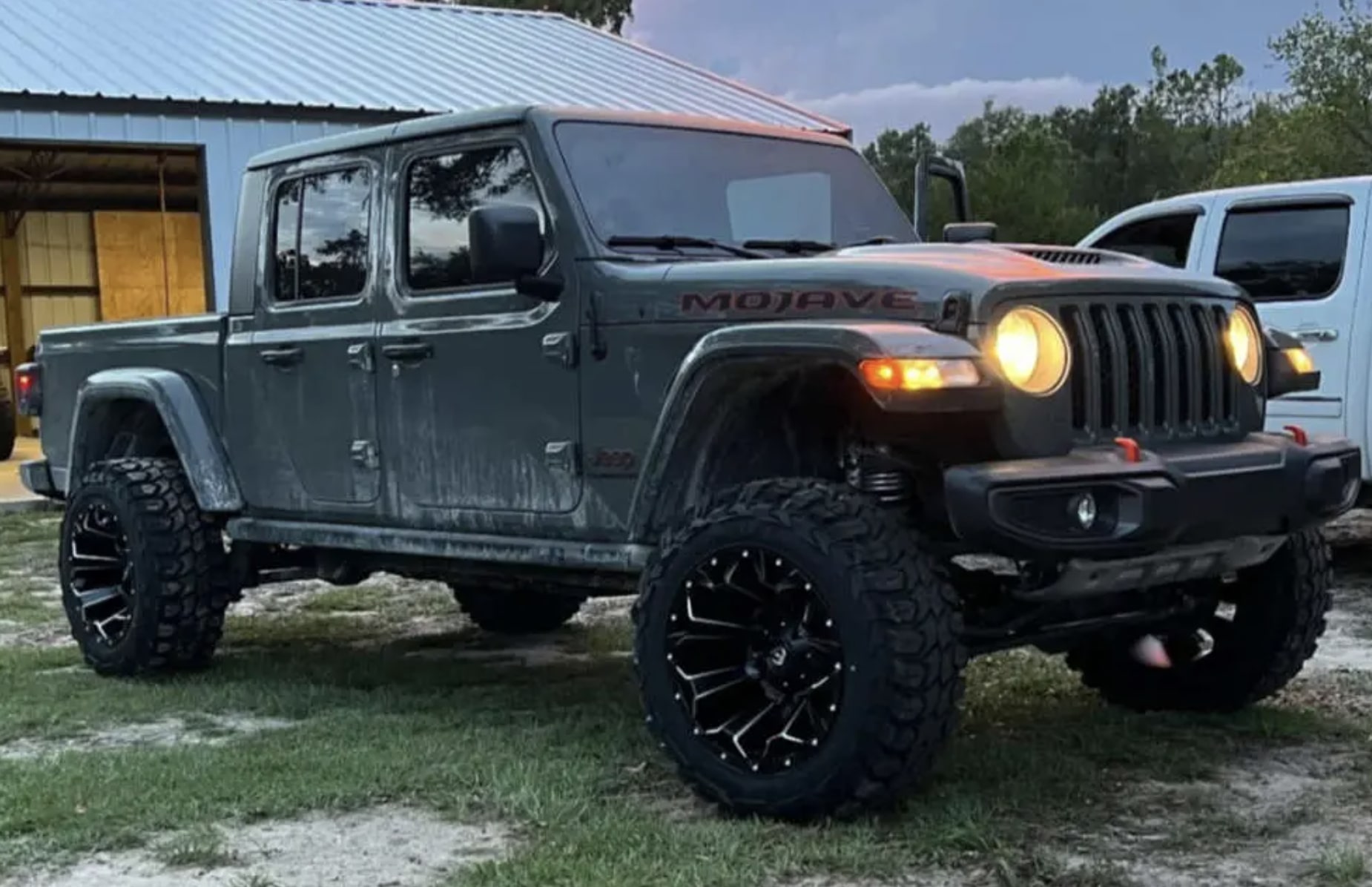
The thing is that the body of your vehicle with the lift kit installed sits higher which affects the gravity center of your SUV or pickup truck. As a result your vehicle`s behavior changes, especially handling and turning corners. If your SUV or pickup truck is equipped with IFS it is highly recommended not to uplift more than 2-3 inches.
Wheel offset and backspacing
Offset – is a distance which wheel takes inside of a fender. The offset can be divided into zero, positive and negative.
Zero offset (placing surface is located in the center of the wheel), positive offset (when the placing surface is further from the centerline, closer to the street), negative offset (when placing surface is concealed inside the centerline in the direction of the suspension).
Backspacing – distance from the rear of the mounting area to the back edge of the wheel. If there is too much backspacing, wheels will protrude significantly beyond the wheel arches, which is unsafe.
Arch and fender trimming
Even with the proper lift kit installed and suitable offset chosen, it may happen that your 35-inch tires won`t fit your standard arches.
Some SUVs and pickup trucks have plastic fenders installed, either for visual or functional purposes, so you can remove them and try to try on your 35”s once again. If still, the wheels don’t want to fit, you may have to trim your arch.
Be careful while doing this process, so not to distort the arches or vehicle`s body. Do not trim much steel, while it sooner may lead to imminent arch rust.
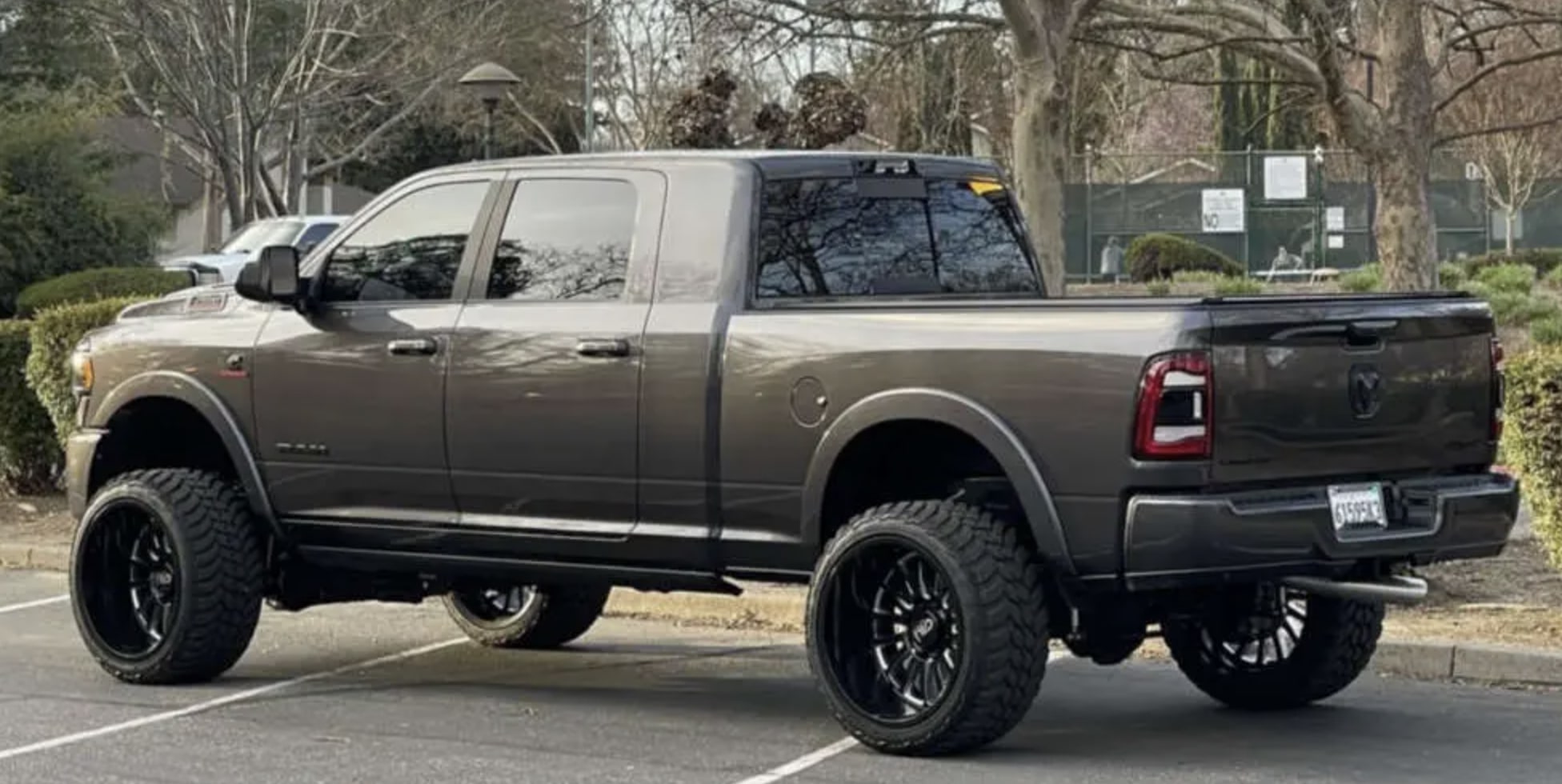
Speedometer and odometer alignment
When you switch to bigger tires, along with suspension (and if necessary modifications of the arches of the vehicle`s body), one has to make speedometer and odometer measurements alignments.
After you install larger tires on your SUV or pickup truck, it definitely changes your speedometer and odometer readings. The bigger tires diameter, the less rotations they`ll make. If you drive your vehicle in an area with speed rates limitations – speedometer alignment is must have.
To Sum Up
Before buying a new set of 35 inch tires for your SUV or pickup truck consider changes you may have to do to your vehicle. These could be using a special lift kit, wheel offset or backspacing, arch or fender trimming and speedometer and odometer alignment. All these modifications to your vehicle may cost you much, so think in advance.
If you are mounting larger tires on your SUV or pickup truck for aesthetic purposes, all the additional spendings may not be worth it. However, if you want to use your vehicle for offroad, installing bigger tires can make your vehicle more capable of passing any obstacles on your way.



